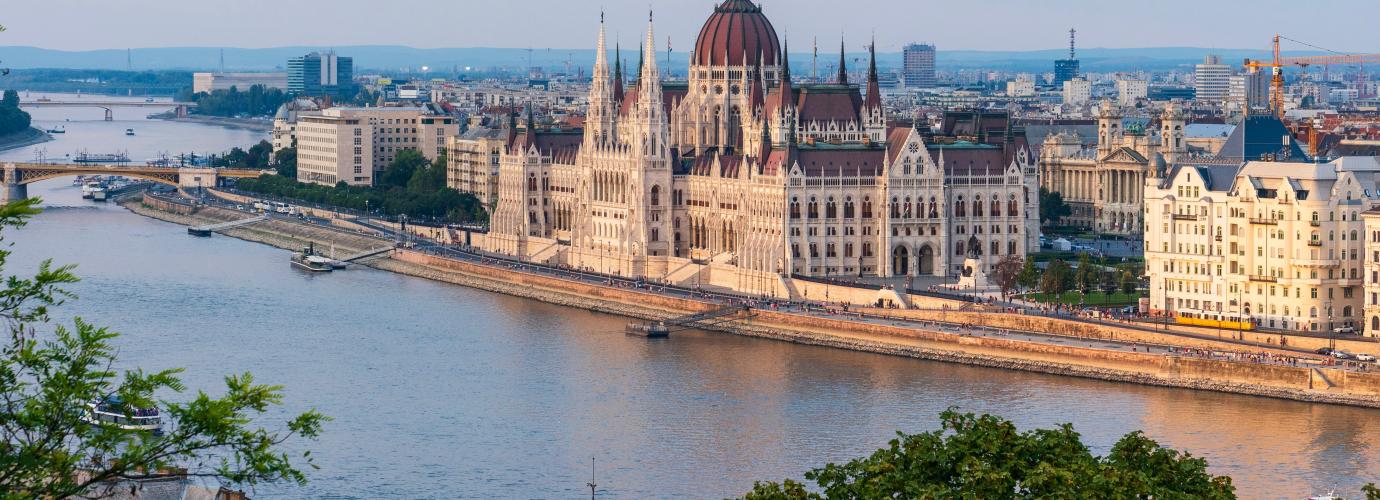Hungary is a more than thousand-year-old state in Central Europe. Its state structure and education system have formed, changed and developed in parallel with other European countries. Modern Hungary is a democratic republic, where compulsory education is universal and free, and where national minorities also have access to education in their mother tongue.
As a post-communist country, its current political, economic and social structure was developed following the political change. Since 2010, its internal and external policies have been determined by the same political force, which has also made major changes in the education system. The following subsections describe in detail the main features and directions of the current socio-economic situation and education policy.

